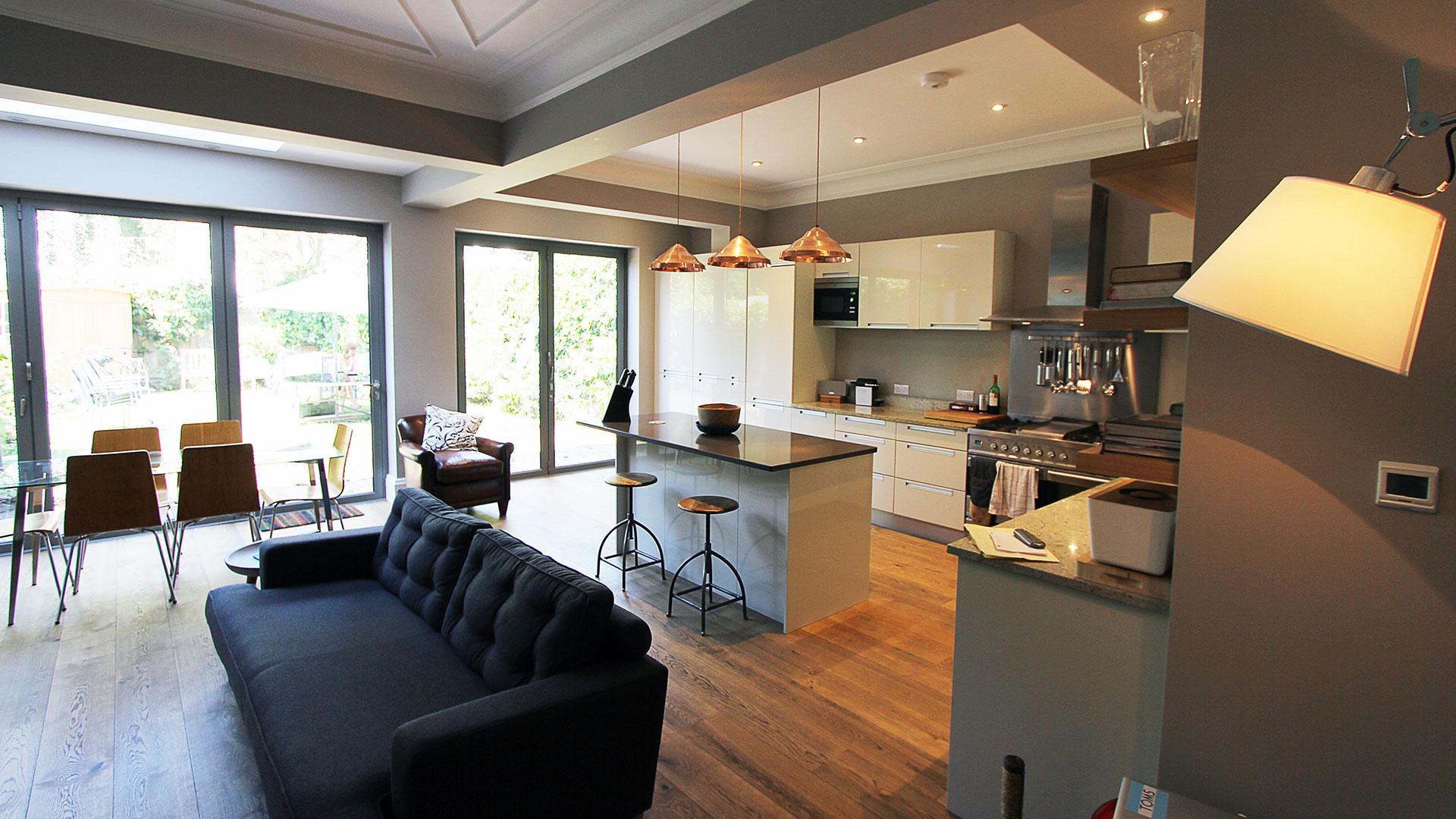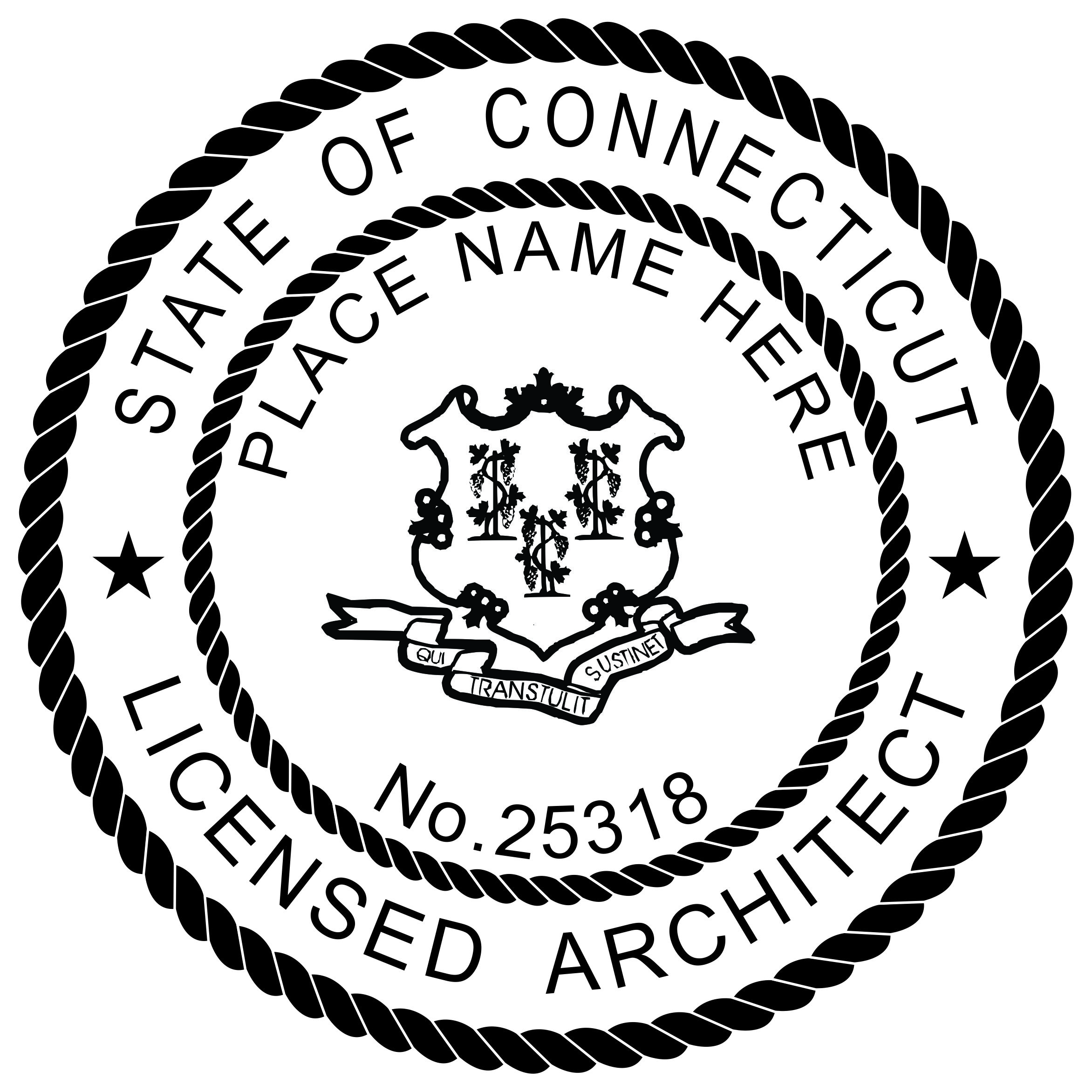
It also means they lose an opportunity to influence decisions about the shapes of cities - such as the placement of highways that uproot long-established communities.

That includes housing, schools, government institutions, cultural centers and houses of worship. That means that African Americans represent only a tiny fraction of the people who are designing and building the spaces around us. The San Francisco Institute of Architecture reports that nationally "for every 100 students who enroll, only 20 will graduate." The statistics plummet further for students of color and grow more dismal still for women of color.Īrchitecture For the first time in its history, architecture's top award goes to a Black architect The words - embarrassing, stinging, demoralizing - were intended to prove a point: That architecture school is rigorous and most people never finish an architecture degree. "These two will never become architects because they're Black and because they're women," she recalled him saying. In her case, Sablan remembers feeling elated as a teenage freshman at the Pratt Institute School of Architecture back in 2001 - long before she became an architect and went to work for one of the world's most prominent architecture firms.ĭuring her second week of classes at the prestigious New York City school, a young white professor asked Sablan and another female student to stand up in a classroom of about 60 of her peers, she told NPR during a recent phone interview. There is a devastating story that Pascale Sablan sometimes tells when she talks about the experiences that have shaped who she's become. Now she works for one of the world's most prestigious firms and she wants more people who look like her to join the field.


Pascale Sablan was once told she'd never become an architect because she's Black and a woman.


 0 kommentar(er)
0 kommentar(er)
